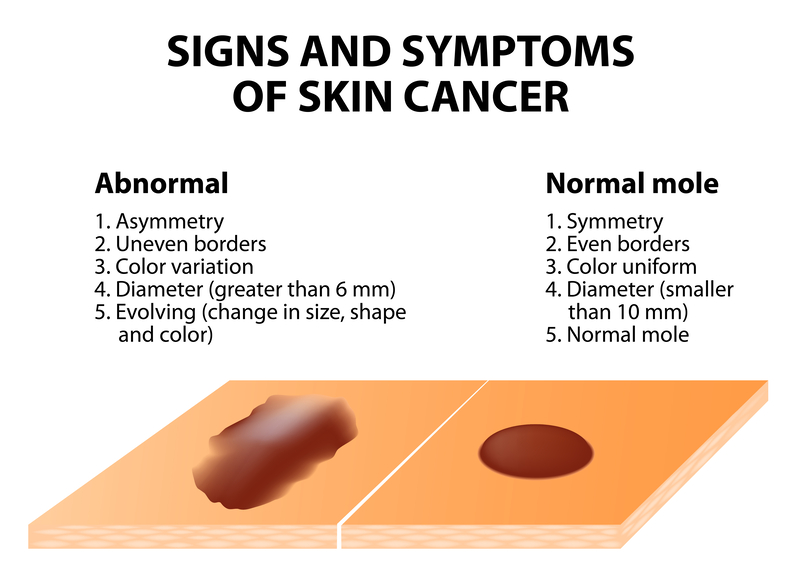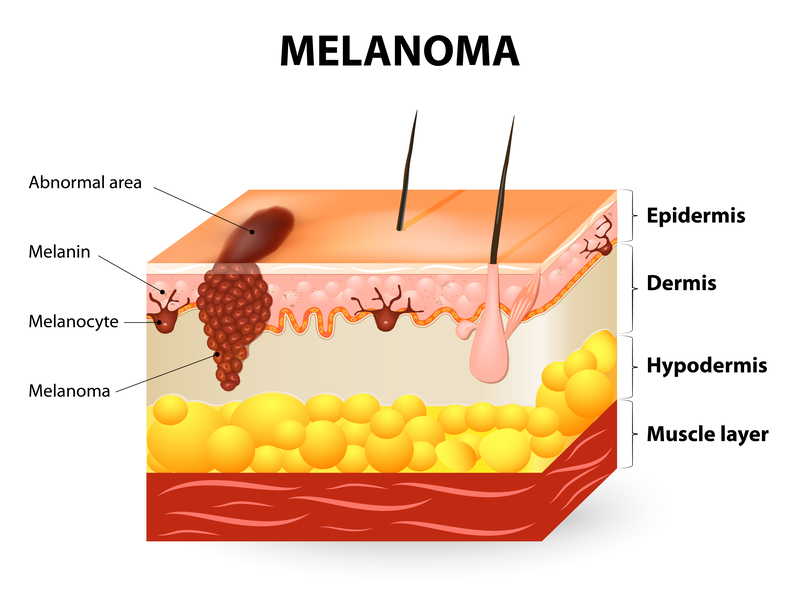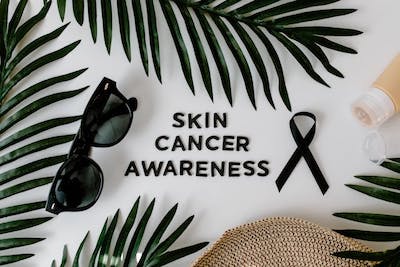Skin cancer is one of the most common types of cancer worldwide, yet numerous myths and misconceptions surround it. These misconceptions can result in improper treatment decisions, insufficient preventative actions, and delayed diagnosis. Gaining knowledge about skin cancer is essential for successful treatment, early identification, and effective prevention. This guide aims to debunk prevalent myths and provide essential information on skin cancer, empowering individuals with the knowledge needed to protect their skin and overall health.
Common Myths About Skin Cancer

A prevalent myth about skin cancer is that it only affects individuals with fair skin. Skin cancer can affect persons of any skin tone; however, those with lighter skin are indeed more susceptible. Although melanin can provide some protection from UV rays, it cannot give immunity. This mistaken belief can provide people with darker skin a false feeling of security, making them less vigilant about using sunscreen and delaying the detection of suspicious.
Another common misconception is that skin cancer only affects body parts exposed to the sun regularly. Skin cancer can occur anywhere on the body, even in places that are rarely exposed to sunlight, including the soles of the feet and beneath the nails, even though UV exposure is a major risk factor.
The Reality of Risk Factors
Understanding the actual risk factors for skin cancer is essential for both early identification and successful prevention. The main factor contributing to skin cancer is UV radiation from tanning beds and the sun. Important measures to lower UV exposure include wearing protective clothes, finding shade during peak sun hours, and using broad-spectrum sunscreen with an SPF of 30 or greater regularly. Furthermore, the risk of skin cancer can be considerably reduced by abstaining from tanning beds.

The risk of skin cancer is also influenced by genetics. An individual’s risk of getting skin cancer, particularly melanoma, might be raised by a family history of the condition. In addition, certain genetic disorders, such as xeroderma pigmentosum, increase a person’s susceptibility to UV rays and increase their risk of developing skin cancer. For individuals with a family history or genetic predispositions, regular skin examinations and expert dermatological assessments are crucial to guaranteeing early identification and action.
Importance of Early Detection
Treatment results and survival rates are significantly improved by early identification of skin cancer. One essential component of early detection is routine self-examination. People should get to know their skin and keep an eye out for any changes, including growths that appear suddenly, changes in the size, shape, or color of moles, and sores that refuse to go away. The ABCDE rule—Asymmetry, Border, Color, Diameter, and Evolving—is a useful framework for determining whether moles are worrisome and should be examined further by a medical practitioner.
A dermatologist’s professional skin examinations are equally crucial, especially for the more vulnerable. Dermatologists can detect possible skin malignancies that can go unnoticed during self-examinations by using specialized instruments and methods, such as dermoscopy, to conduct a more complete examination of the skin.
Advancements in Treatment

With the latest developments in skin cancer therapy, there is hope for better results and fewer side effects. Novel therapies are supplementing and, in some instances, replacing conventional treatments, including radiation, chemotherapy, and surgery. For example, immunotherapy uses the body’s immune system to target and eliminate cancer cells specifically. Results from this therapy have been encouraging, especially for advanced melanomas that have not responded to previous treatments.
Another important development is targeted therapy, which targets certain genetic alterations seen in cancer cells. The goal of these treatments is to minimize harm to healthy cells while preventing the development and spread of cancer. A new treatment for skin cancer involves the use of these targeted drugs, which are tailored to the genetic profile of the individual’s cancer, offering a more personalized and effective approach to treatment. These novel medicines are anticipated to improve survival rates and patient’s quality of life as long as the research is conducted.
Prevention Strategies
Protective measures and lifestyle decisions are combined to prevent skin cancer. It is essential to limit sun exposure, particularly during the hours of highest UV radiation. Sunglasses with UV protection, wide-brimmed hats, and protective clothes can all help screen the skin from dangerous UV radiation while outside. Apply liberally and reapply broad-spectrum sunscreens with an SPF of 30 or higher every two hours or more often if you’re swimming or sweating a lot.
It is also essential to educate the public about the risks associated with tanning beds. UV radiation from tanning beds dramatically raises the risk of skin cancer, especially melanoma. Campaigns for public health and laws restricting tanning bed usage, particularly among youth, can be very effective in lowering the incidence of skin cancer.

Conclusion
Understanding the facts about skin cancer and dispelling common myths are essential steps in combating this prevalent disease. Acknowledging the existence of risk factors, the significance of timely identification, and the progress made in treatment might enable people to adopt proactive approaches toward safeguarding their skin. With informed prevention strategies and an emphasis on early intervention, the fight against skin cancer becomes more effective, ultimately saving lives and improving health outcomes.

